Author: Jordan Folks
It wasn’t too long after I started homebrewing that I decided to take on a style that had always fascinated me – Saison. Rustic yet refined, characterful yet quaffable, Saison is one of those styles that introduced me to the idea that beer was more than just fizzy yellow lager or highly hopped IPA.
After brewing a handful of batches of Saison, I learned about its Grisette, which in addition to generally being lower in strength, was purportedly developed as the after-work drink of miners as opposed to farm workers, who purportedly drank Saison. Grisette possesses much of the same unique character as standard strength Saison, as it’s fermented with the same type of yeast. Since the BJCP classifies Grisette as a sub-style of Saison, their description is more of a footnote on its parent style:
A family of refreshing, highly attenuated, hoppy, and fairly bitter Belgian ales with a very dry finish and high carbonation. Characterized by a fruity, spicy, sometimes phenolic fermentation profile, and the use of cereal grains and sometimes spices for complexity. Several variations in strength and color exist. A Grisette is a well-known type of Saison popular with miners.
I truly enjoy Saison and find it to be surprisingly refreshing despite its relatively higher strength; however, I also love drinking and brewing lower strength beers that have ample character. While I’ve made numerous batches of Saison using more traditional methods over the years, I recently decided to brew up a batch of Grisette and decided to see how it would turn out using some not-so-traditional techniques.
| BREWING THE BEER |
I based this recipe off past batches of Saison I thought turned out well, only I held back on the grains to ensure a session strength beer was the result.
Short & Shoddy Grisette
Recipe Details
| Batch Size | Boil Time | IBU | SRM | Est. OG | Est. FG | ABV |
|---|---|---|---|---|---|---|
| 5.1 gal | 30 min | 23.7 | 3 SRM | 1.028 | 1.002 | 3.41 % |
| Actuals | 1.028 | 1.002 | 3.41 % | |||
Fermentables
| Name | Amount | % |
|---|---|---|
| Pale Malt | 5.5 lbs | 68.75 |
| Wheat Malt | 2.5 lbs | 31.25 |
Hops
| Name | Amount | Time | Use | Form | Alpha % |
|---|---|---|---|---|---|
| Hallertauer Mittelfrueh | 71 g | 30 min | First Wort | Pellet | 2.4 |
| Hallertauer Mittelfrueh | 28 g | 10 min | Aroma | Pellet | 2.4 |
Yeast
| Name | Lab | Attenuation | Temperature |
|---|---|---|---|
| Rustic (B56) | Imperial Yeast | 76% | 68°F - 80.1°F |
Notes
| Water Profile: Ca 57 | Mg 4 | Na 10 | SO4 90 | Cl 30 |
Download
| Download this recipe's BeerXML file |
After collecting the full volume of filtered water at 2:49 PM and adjusting it to my desire mineral profile, I weighed out and milled the grain.
When the water was properly heated, I stirred in the grist then checked to make sure it was at my target mash temperature.
Once the 30 minute mash rest was complete, I removed the grains then set the controller to heat the wort up, at which point I prepared the kettle hop additions.
The wort was boiled for just 30 minutes with hops added at the times stated in the recipe.
At the completion of the boil, I quickly chilled the wort with my plate chiller during transfer to a carboy.
A refractometer reading showed the wort was at my target OG, for a brewhouse efficiency of just 50%.
Next, I direct pitched a pouch of Imperial Yeast B56 Rustic into the 72˚F/22˚C wort.
I then placed the covered fermenter next to a wall in my basement that maintains a fairly consistent 72°F/22°F during the summer.
After 1 week of fermenting, I noticed signs of activity were absent and took a hydrometer measurement showing FG had been reached.
I skipped my typical process of cold crashing and pressure-transferred the warm beer to a keg, which was subsequently placed on gas in my keezer and burst carbonated overnight before I reduced the gas to serving pressure. After a week of cold conditioning, it was ready to serve to tasters.
| RESULTS |
A total of 28 people of various levels of experience participated in this Short & Shoddy evaluation. Participants were informed of the specific beer style and provided the BJCP description prior to completing the survey. Tasters were then instructed to rate how hoppy, malty, and dry they perceived the beer to be on a 0-5 scale where a rating of 0 indicated “not at all” and 5 indicated “extremely.”
Tasters were provided a list of common hop, malt, and yeast characteristics then instructed to select from each the one they perceived as being most prominent in the beer.
Hop Characteristics
Malt Characteristics
Yeast Characteristics
Next, participants were asked to indicate whether or not they detected any off-flavors in the beer; those who did were provided a list of common off-flavors and instructed to select the one they perceived as being strongest. Out of the 28 tasters, just one reported perceiving acetaldehyde, oxidized, and vegetal notes.
Tasters were then asked to rate how well the beer represented the intended style, based on the provided BJCP description, on a 0-5 scale where 0 meant “not at all” and 5 meant “exactly.”
Finally, tasters were asked to rate how much they enjoyed the beer on a 0-5 scale where 0 indicated not at all and 5 indicated extremely.
My Impressions: I perceived this beer as being enjoyably bright, dry, and effervescent with a moderate bitterness and high carbonation. Combined with the classic Saison yeast character and low ABV, this Grisette was extremely refreshing despite its complexity.
| CONCLUSION |
While Saison is a classic farmhouse ale that was given to seasonal farmhands in the French-speaking region of Belgium, Grisette was developed as a quaffable thirst quencher for miners in the same area. Perhaps naturally, these styles are more characteristically similar than they are different, though the latter is noted for being lower in strength.
As a rustic farmhouse ale that’s fermented with a characterful yeast, brewing Grisette isn’t necessarily complicated, though most modern brewers would agree certain steps are to be followed to avoid undesired off-flavors. Interestingly, a majority of people who evaluated this Short & Shoddy Grisette not only seemed to think it was a solid representation of they style, but enjoyed drinking it as well. Seeing as only one person noted off-flavors, it’s likely none were present, or if they were, only that particular taster was sensitive to it.
In my experience, Saison and Grisette are pretty forgiving styles to brew, and while I do tend to keep the pitching temperature restrained when making them, I find there’s a lot of wiggle room when it comes to other variables. As such, I wasn’t terribly surprised this Short & Shoddy Grissette came out as good as it did, and I’d imagine those looking to save some time when brewing this style would share my experience.
If you have thoughts about this Short & Shoddy brew, please feel free to share it in the comments section below!
Support Brülosophy In Style!
All designs are available in various colors and sizes on Amazon!
Follow Brülosophy on:
FACEBOOK | TWITTER | INSTAGRAM
If you enjoy this stuff and feel compelled to support Brulosophy.com, please check out the Support page for details on how you can very easily do so. Thanks!





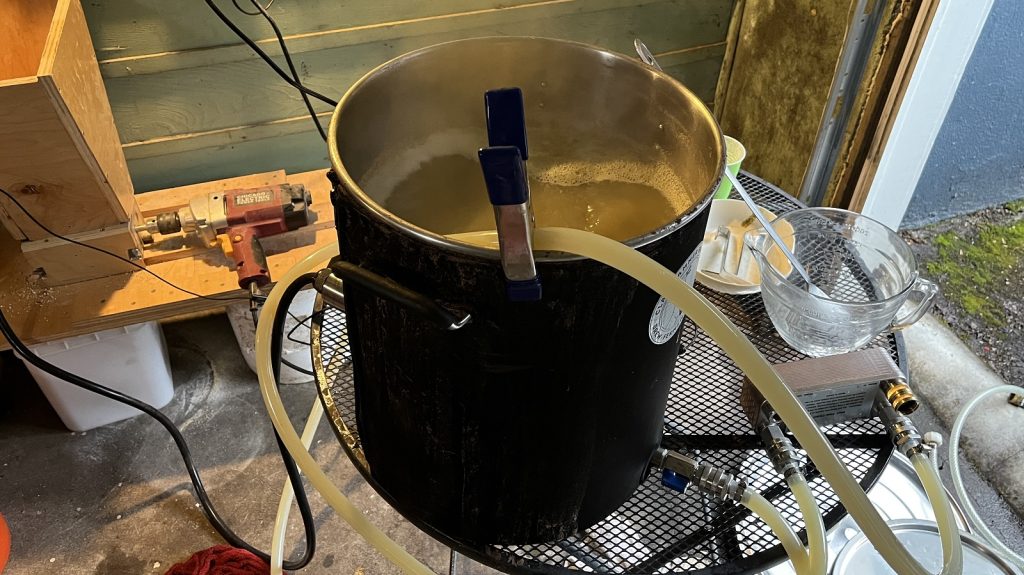
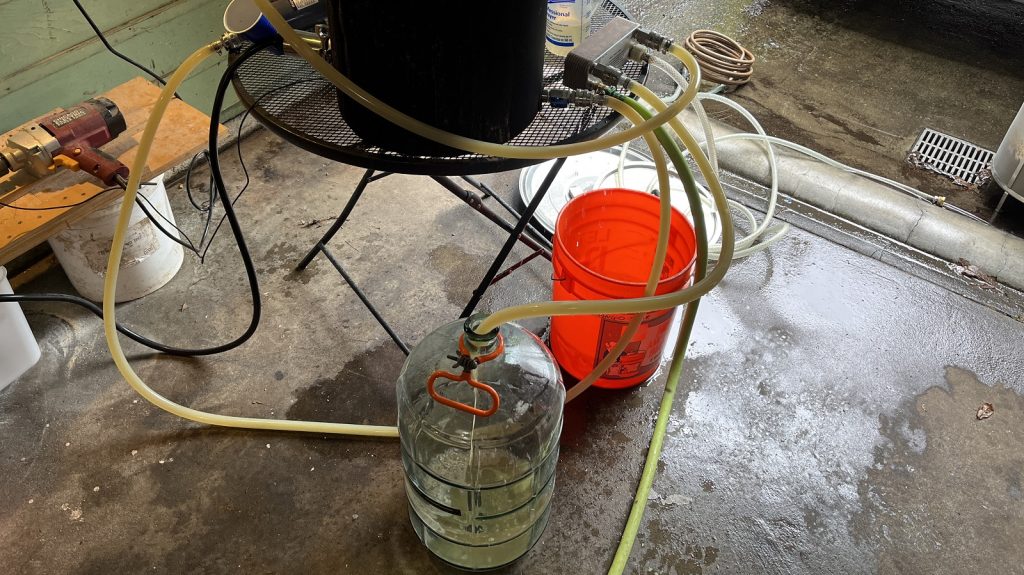


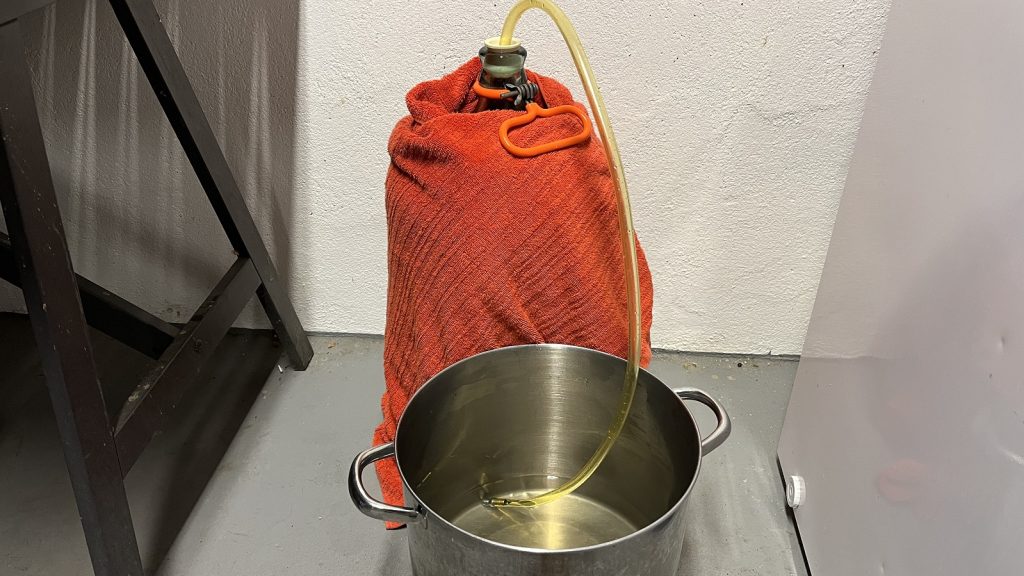


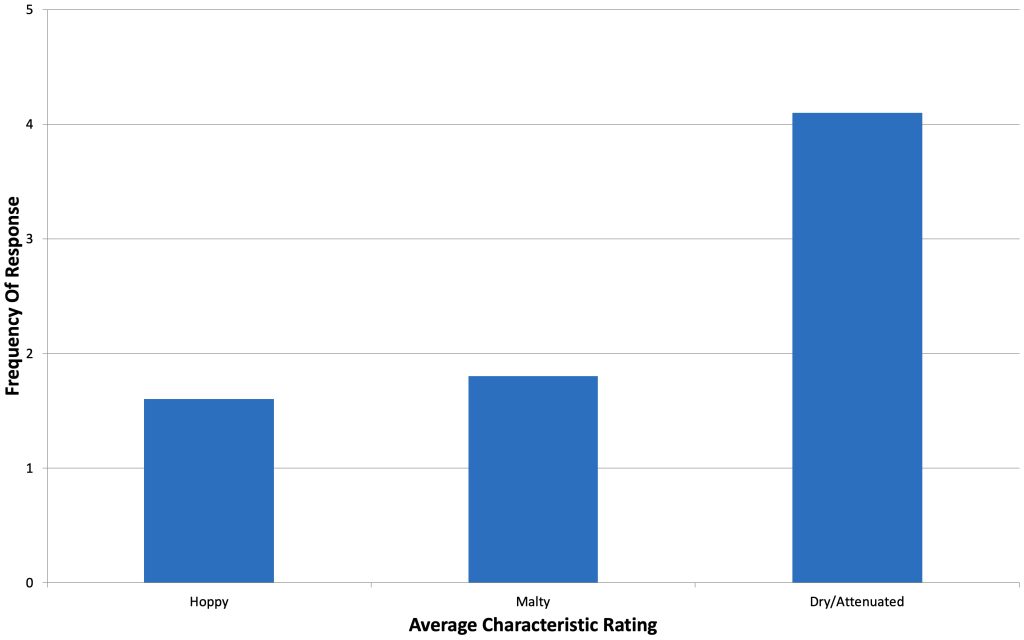

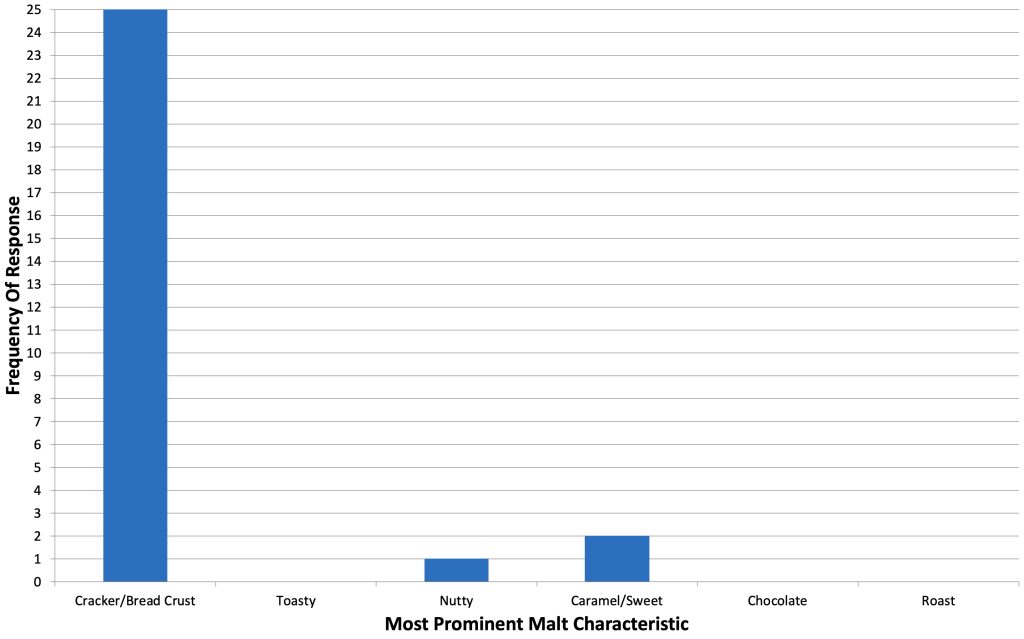

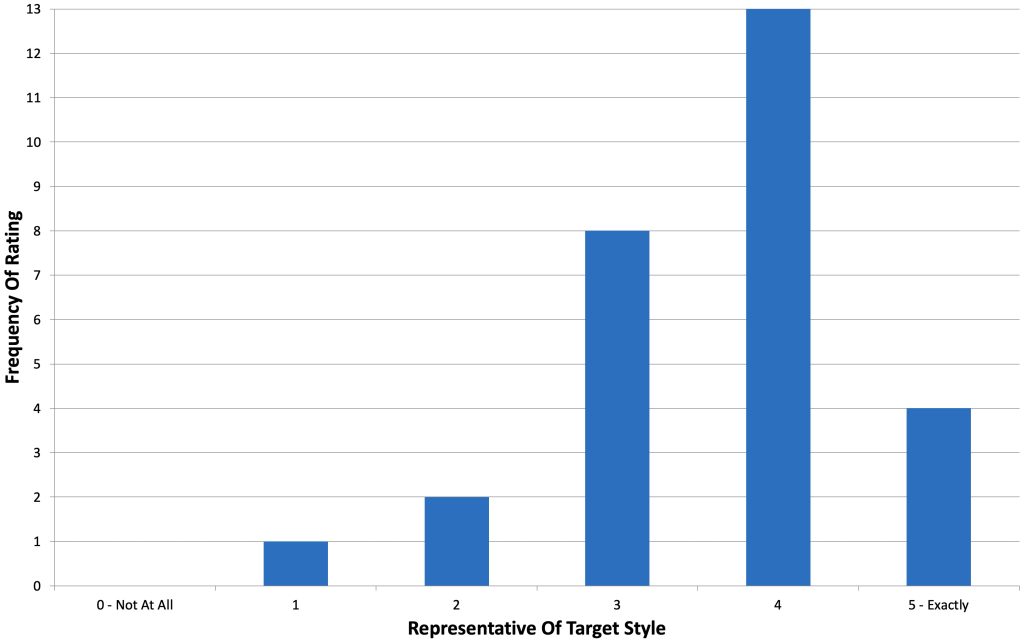





Very good documentation, Saison are always very enjoyable. I myself just got done making a Vanilla Pumpkin Latte Stout, I liked it so much i entered it in my Local State Competition.